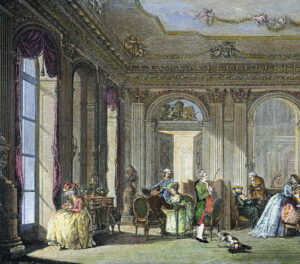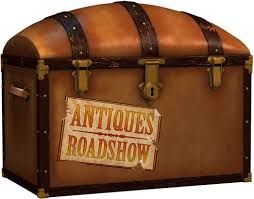 Dear Mr. Puppy,
Dear Mr. Puppy,
I hear the 18th century was a very transitional time for bowmakers. Can you tell me what that was like? Part IV of IV:
The Tourte family you might recall invented the metal ferrell that holds the hair in a fine ribbon at the nose of the frog, this replaced the previous solution, a slip of card that was held in place by an ingenious binding of very thin gut cord held firm by a small extra little nose over the hair channel. The first experiment they made used a band of pewter, but that proved to be unreliable as it stretched in time, from thence they fixed on silver as the answer. Francois Xavier had served a part of an apprenticeship in mechanics and knew the delicate task of soldering the metal with a blow-pipe flame and charcoal. Their bows became the standard of excellence for all the best players; in the same way that the Neapolitan Angelucci brand chanterelle strings, for the violin, were the only strings that one could use to concertize. The cheap Mittenwald copies of the string would barely last through three pages of the score.
One thing that I still find extraordinary is that Old Tourte was a man without classical education and unable to read or to write to any extent, yet he was able, only by the power of intellect to perceive how to work up the forces of resistance and pliability in the bow stick by the capacity of his hand and eye, to such a fine degree that his work is superior to all other bow-makers. Why even the young citizen cellist Duport declares his Tourte bow to be equal in art and response to his Stradivari cello.
*“Ask Mr. Puppy” aka Giuseppe Puppo, an 18th-century concert violinist, answers our questions about his career and times.


